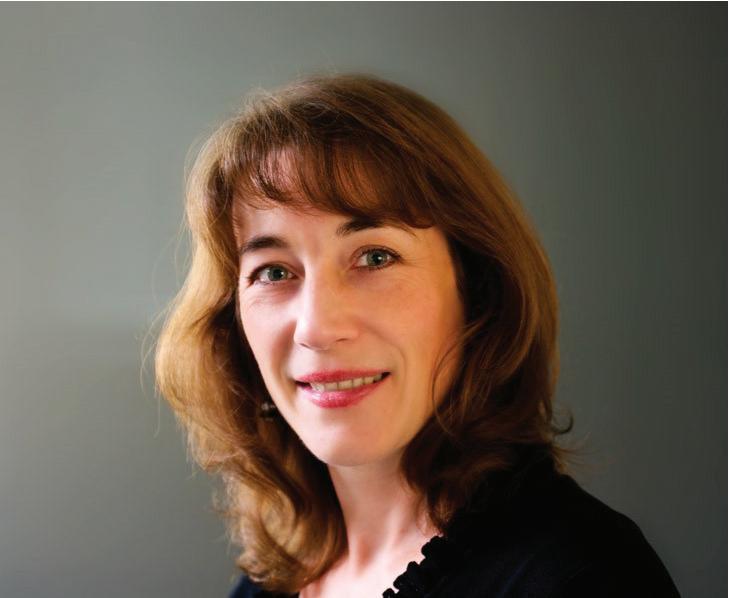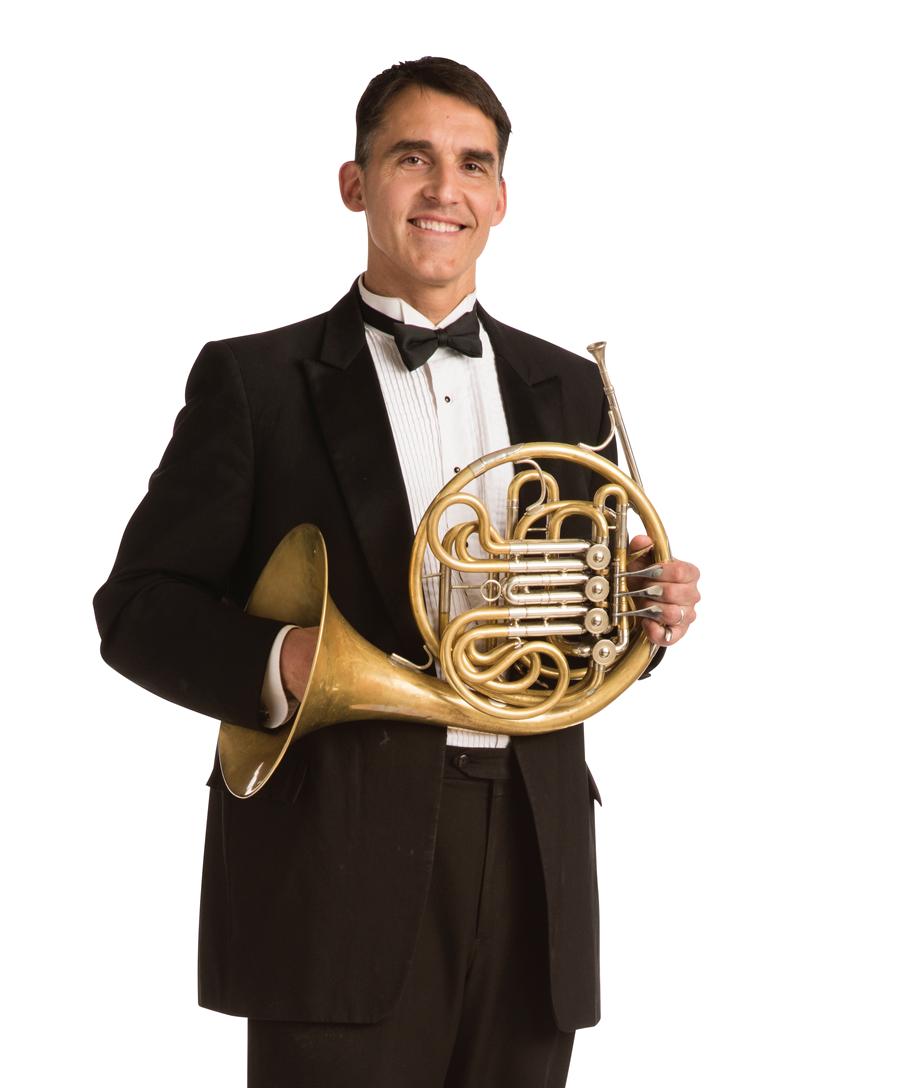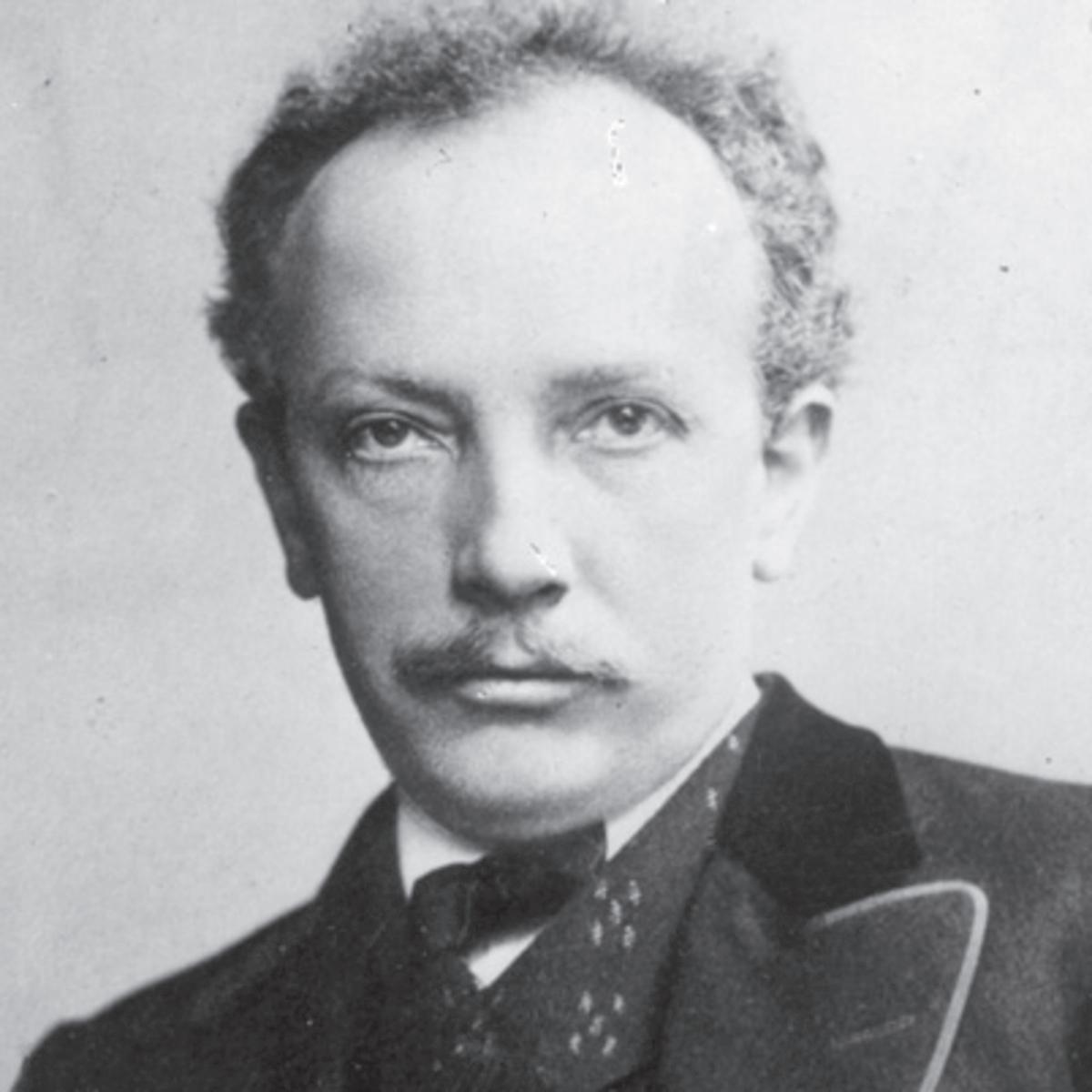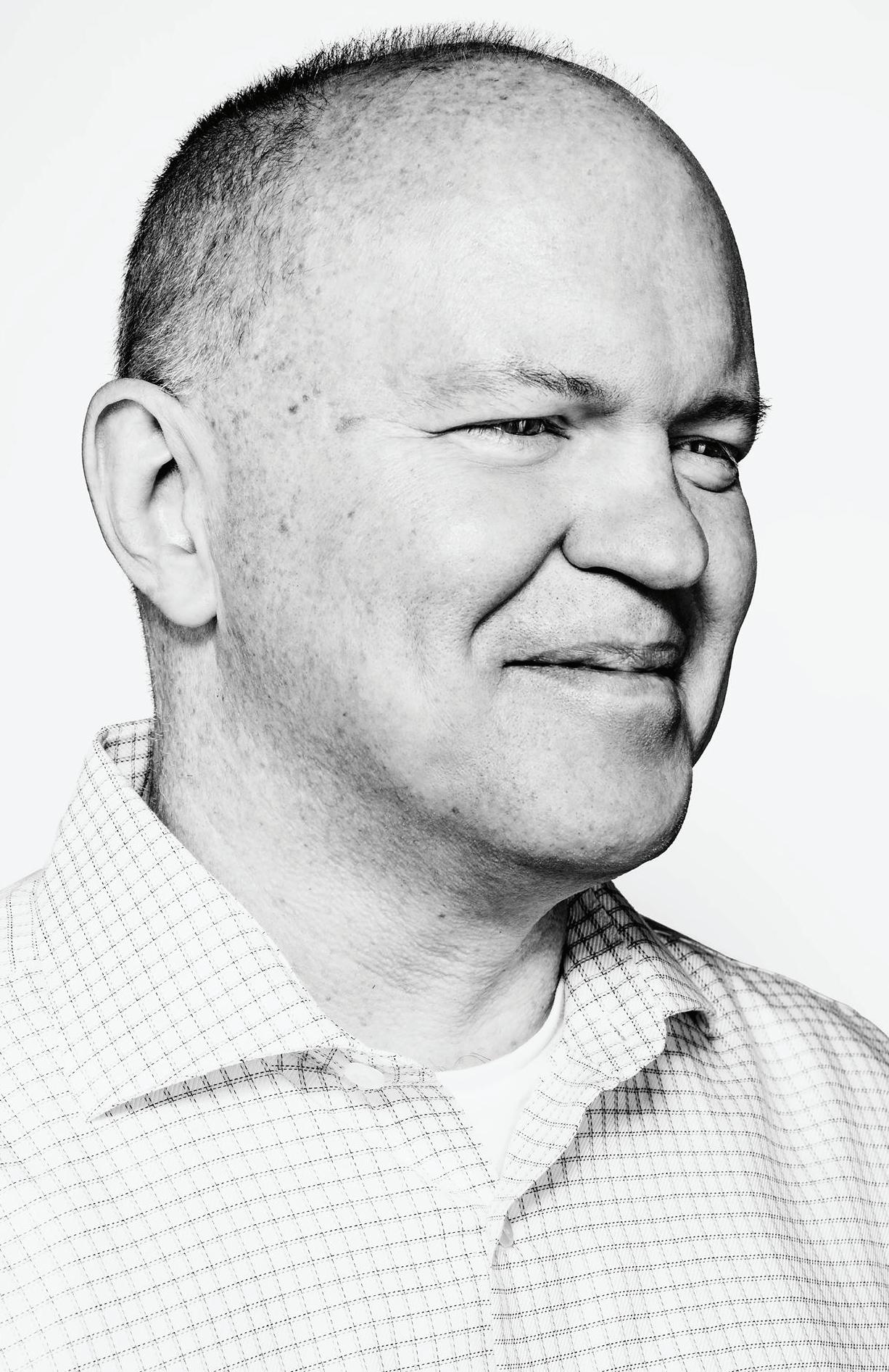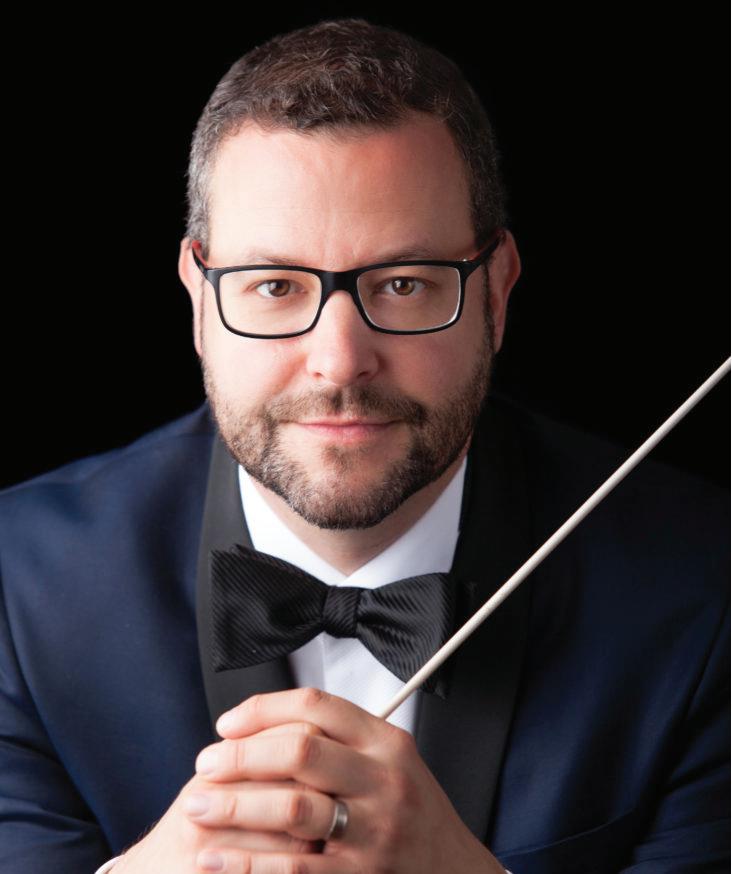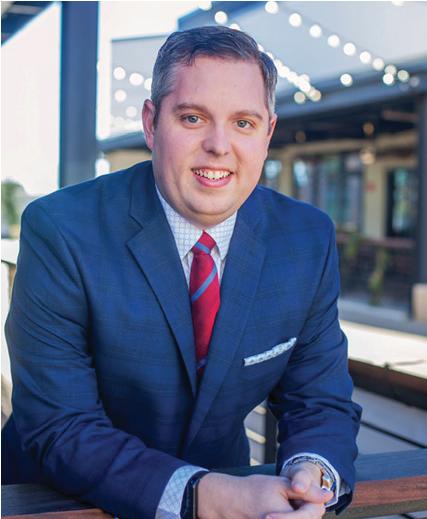
15 minute read
Masterworks 6 Program Notes
FREEDOM MILAD YOUSUFI:
Born: 1995, in Afghanistan Work Composed: 2017 World Premiere: May 20, 2017, in New York, New York Philharmonic Chamber Orchestra Performance History: Tonight marks the DSSO’s first performance of any music by Milad Yousufi. Instrumentation: Flute, clarinet, horn, percussion (cajon, triangle) and strings.
Milad Yousufi was born during the civil war in Afghanistan. Music was completely banned at that time by the Taliban. At the age of two he started drawing and drew the piano keys on paper and pretended to play. After the Taliban rule was defeated in late 2001 the arts flourished in Afghanistan and Yousufi took advantage of every opportunity to study music and art. By the age of 12 he was teaching painting and was able to attend the one and only music school in Kabul. After three years of formal piano training he was one of four students accepted into a music program in Denmark. He was also chosen to represent Afghanistan at music festivals in The Netherlands, Belgium, Poland and Germany, where he placed third in the International Golden Key competition in Frankfurt.
After his return to Afghanistan, Yousufi concentrated on teaching piano, theory, and a course of the Sibelius music notation software at the Afghanistan National Institute of Music. In 2011 the Afghan Youth Orchestra was formed with Yousufi as pianist and its first Afghan conductor. He also arranged music for their performances. Two years later, in 2013, they made a tour of the United States playing sold out concerts at Carnegie Hall, the Kennedy Center and the New England Conservatory.
MILAD YOUSUFI
Upon moving to the United States, Yousufi was awarded a full scholarship to attend Mannes School of Music as an undergraduate studying piano with Simone Dinnerstein. He also studied jazz piano and improvisation with Uri Caine, orchestration with Rudolph Palmer, music arrangement with Jacob Garchik and Matt Haimovitz and film music with Michael Bacon. He graduated from Mannes School of Music in 2020 and is currently pursuing a masters degree in composition with Dr. Dalit Warshaw at Brooklyn College.
Freedom was commissioned by the New York Philharmonic Chamber Orchestra. Yousufi states on his website that he “has a dream to make a di erence in the future of music and culture in Afghanistan.” He has definitely made a great start!
CLARINET CONCERTO IN A MAJOR, K. 622 WOLFGANG AMADEUS MOZART:
Born: January 27, 1756, in Salzburg, Austria Died: December 5, 1791, in Vienna Work Composed: 1791 World Premiere: October 16, 1791, in Prague, Anton Stadler soloist Performance History: DSSO’s Principal Clarinet Jennifer Gerth’s performance of this concerto is the Orchestra’s sixth on the Masterworks Series. Then Principals Robert Beverley and Joseph Meidt also played this work, in 1957 and 1977, respectively. Guest soloists have been David Shifrin (1998), Minnesota Orchestra then Principal Burt Hara (2003), and Richard Stoltzman on September 25, 2010. Instrumentation: Two flutes, two bassoons, two horns, strings and solo clarinet.
The last year of Mozart’s life was exceedingly di cult. The demand for his music was quickly waning with the fickle Viennese aristocracy and the audiences had begun to move on; they considered him ancient. Ancient! At 35 years of age! There were also extenuating circumstances; the war with Turkey was draining the co ers and mired the empire in a recession. After peace was achieved, the reactionary emperor Leopold II clamped down on civil rights, particularly the freedom of expression. Patronage was fading, and concerts were few and far between as a pall settled over the once-jolly Vienna. Even Mozart’s skill as a pianist and tutor to children of the aristocracy was no longer in demand. But this doesn’t mean that he stopped composing. Along with a number of smaller works, he composed the Piano Concerto in B-flat, K. 595, the String Quintet in E-flat, K. 614, a choral motet Ave verum corpus, K. 618, two operas - Die Zauberflöte (The Magic Flute) and La clemenza di Tito, the sketches for the Requiem and this Clarinet Concerto.
In late August 1791, Mozart set o for Prague to supervise the first performances of La clemenza di Tito. His traveling companion was clarinetist Anton Stadler (1753-1812), who would be playing in the orchestra. On the journey Mozart worked on the opera in the coach, writing two virtuosic obbligato solos for Stadler. Although the opera had a decent premiere, the empress Maria Luisa is said to have shouted from her box, “Una porcheria tedesca!” (“German garbage,” to use a polite translation.) Mozart returned to Vienna and Stadler remained with the orchestra for the subsequent performances. Sometime after September 28, when Mozart entered The Magic Flute in his catalog, he composed the Clarinet orchestrating almost Concerto. The first mention of it is in a letter on October 7 he wrote to his wife Constanze mentioning that he “smoked a splendid pipe of tobacco before orchestrating almost the whole Rondo for Stadler.”
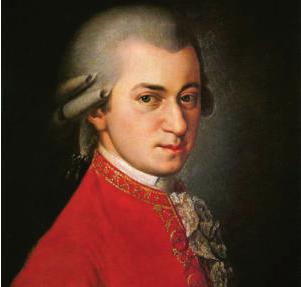
Around the time Mozart met Stadler, he had started to play a large new clarinet which had no name at that time but is now referred to as a basset clarinet. It extended the lower range of the clarinet down a major third. Mozart experts agree that this is the instrument he had in mind when he wrote the Clarinet Quintet in A major, K. 581 and the Clarinet Concerto. But by the time it was published, in 1801, the basset clarinet had already gone out of favor. The publisher printed a version that was adjusted for the standard clarinet (without the extended range). Even though a review argued that this wasn’t the music Mozart wrote, and Stadler was still alive to protest, soloists and audiences came to accept this revised version, which of course was after Mozart was already deceased. Unfortunately, Mozart’s autograph score has been lost. Over the past number of years some soloists have attempted to reconstruct the original version. There aren’t extensive di erences; only 53 of the 359 measures in the first movement are a ected and most just involve transposing a particular passage down an octave or changing the shape of a phrase to bring it to a natural conclusion.
WOLFGANG AMADEUS MOZART
The Clarinet Concerto is one of the last and most personal of Mozart’s creations. Its chamber-like quality creates an intimate and conversational atmosphere, in contrast to the grand and dramatic quality of his many other concerti. Very few of Mozart’s other works have the depth of emotion and personality that the second movement displays. The outer movements have an endless and natural lyricism that H. C. Robbins Landon described with a quote from Shakespeare: “The heart dances, but not for joy.”
ZZ’S DREAM OSVALDO NOÉ GOLIJOV:
Born: December 5, 1960, in La Plata, Argentina Work Composed: 2008 World Premiere: May 11, 2008, in Jordan Hall, Boston, Boston Symphony Chamber Players, Julian Kuerti conducting Performance History: Performance History: The Orchestra performs this work for the first time. On the Masterworks Series the DSSO has also performed Golijov’s Sidereus (2012), Azul (2016) with cello soloist Matt Haimovitz, and Last Round (October 28, 2017). The latter two works were conducted by Dirk Meyer. Instrumentation: Flute, oboe, clarinet, bassoon, horn, trumpet, trombone, vibraphone, harp, celeste and strings. Golijov’s parents were Romanian Jewish immigrants to Argentina. Beyond being exposed to the traditional music (Jewish liturgical and traditional klezmer) of his parents’ culture and faith, growing up in Argentina exposed him to that country’s many styles, including the tango. Traveling abroad to Jerusalem in 1983 and then to Pennsylvania in 1986 to finish a PhD in composition with George Crumb, he absorbed the various musical styles he encountered in his studies. These influences of other people and their music had a great impact on the development of Golijov’s musical personality. The musical language of Golijov is living and vibrant and he is in great demand as a film composer as well as for his vocal and orchestral music.
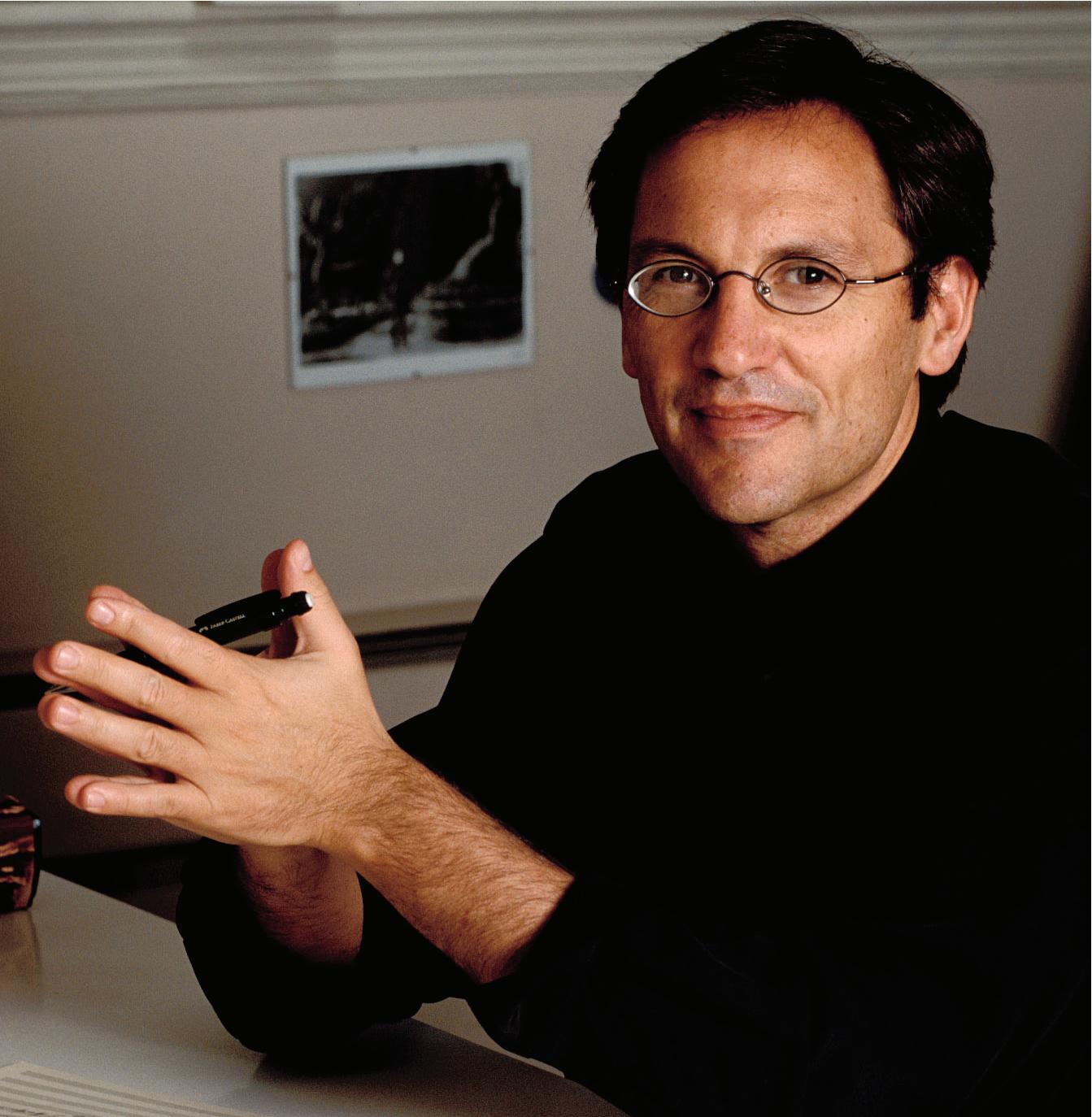
ZZ’s Dream was inspired by a poem of Zhuang Zhou (c.369 BC - c.286 BC) in the Zhuangzi, one of the foundational texts of Taoism. Golijov’s accessible musical language in this work is a bit of Chopin mixed with South American folk music. As the title suggests, the atmosphere is dreamlike and captures the essence of the poetry which was its inspiration: Once, Zhuang Zhou dreamed he was a butterfly, a butterfly flitting and fluttering about, happy with himself and doing as he pleased. He didn't know that he was Zhuang Zhou.
Suddenly he woke up and there he was, solid and unmistakable Zhuang Zhou. But he didn't know if he was Zhuang Zhou who had dreamt he was a butterfly, or a butterfly dreaming that he was Zhuang Zhou. Between Zhuang Zhou and the butterfly there must be some distinction! This is called the Transformation of Things.
OSVALDO NOÉ GOLIJOV
LE BŒUF SUR LE TOIT, OP. 58 (THE OX ON THE ROOF) DARIUS MILHAUD:
Born: September 4, 1892, in Marseille, France Died: June 22, 1974, in Geneva, Switzerland Work Composed: 1919 World Premiere: February 21, 1920, at the Théâtre des Champs-Élysées, Paris, Vladimir Golschmann conducting Performance History: Performance History: The DSSO performs this work for the first time. Other pieces by Milhaud programmed by the Orchestra have included Suite Francaise (in 1951 and 1959), Chansons de Ronsard (1965) with soprano Gianna d’Angelo, Suite Provencale (1967), On the Murder of a Great Chief of State (1968), and La Creation du Monde in 1991 with Assistant Conductor Andrew D. Johnson and in 2007 with Markand Thakar.
Instrumentation:Two flutes (one doubling piccolo), oboe, two clarinets, bassoon, two horns, two trumpets, trombone, percussion (guiro, tambourine, bass drum, tambourin provençal) and strings.
Darius Milhaud (pronounced Mee-OH) was one of the most prolific composers of the 20th century. His compositions, nearly 450, range from piano pieces for children, chamber music, concertos, symphonies, theater and film scores to full-length operas. He was a member of Les Six,a group of composers, five French and one Swiss, whose music is often seen as a reaction against both the musical style of Richard Wagner and the impressionist music of Claude Debussy and Maurice Ravel. The members, along with Milhaud, were Georges Auric (1899-1983), Louis Durey (1888-1979), Arthur Honegger (1892-1955), Francis Poulenc (1899-1963) and the only female member, Germaine Tailleferre (1892-1983). Milhaud’s compositions are influenced by jazz and Brazilian music and make extensive use of polytonality. He is considered one of the key modernist composers.
Milhaud’s parents were both musically gifted and from the age of three, he was playing piano duets with his father. He started playing the violin at age seven and at thirteen he began harmony lessons and discovered composition. Milhaud studied at the Paris Conservatoire where he met Honegger and Tailleferre. He studied composition under Charles Widor, harmony and counterpoint with André Gedalge, and studied privately with Vincent d’Indy. Milhaud was unable to join the military during WWI, he su ered from rheumatoid arthritis, therefore he was assigned as secretary to the poet and dramatist Paul Claudel at the French embassy in Brazil. Milhaud returned to France after the war via New York where he enjoyed the jazz clubs in Harlem, listening to the music that would have a lasting influence on him.
Upon Milhaud’s return to Paris, after being exposed to Brazilian music and subsequently American jazz, he declared his intent to “… write a ballet about the carnival in Rio, which will be called Le Bœuf sur le toit, from the name of the samba that the band was playing this evening while the … women, dressed in blue, were dancing.” Beginning the project in 1919 he merged folk tunes, tangos, maxixes (a kind of Brazilian syncopated polka), sambas, and Portuguese fado music (a mixture of Portuguese and Brazilian popular and dance music). He conceptualized the music as if it was accompanying an imaginary Charlie Chaplin film, initially calling it cinéma fantasie, but Jean Cocteau turned it into a ballet-pantomime. Prohibition had just begun and Cocteau set the scene in a Manhattan speakeasy called Le Bœuf sur le toit. The pantomime featured the three Fratellini brothers: Paul (1877-1940), François (1879-1951) and Albert (1886-1961). The Fratellini family was a famous European circus family in the late 1910s and 1920s. The other characters involved are: “a Boxer, a Negro Dwarf, a Lady of Fashion, a Redheaded Woman dressed as a man, a Bookmaker, a Gentleman in evening clothes.” The Barman, with a beautiful face, serves everyone cocktails. Soon after a Policeman arrives, and the speakeasy is immediately transformed into a milk-bar. As the patrons dance and sip milk the Barman switches on a big fan which decapitates the Policeman. The Redheaded Woman does a dance with the Policeman’s head and ends it by standing on her hands like the Salome in Rouen Cathedral. The customers drift away one-by-one and the Barman presents an enormous bill to the resuscitated Policeman.
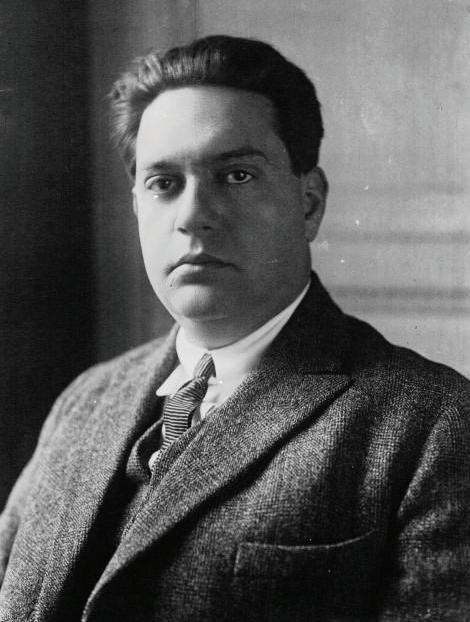
DARIUS MILHAUD
In contrast to the lively tempo of the music, Jean Cocteau choreographed all the movements to be slow, like a slow-motion film, giving it an unreal, dreamlike atmosphere - probably best enjoyed while under the influence of Absinthe. It was a scandalous success and soon after the Paris nightclub, Club Gaya, changed its name to Le Bœuf sur le toit and presented Milhaud with a lifetime membership.
Milhaud led a very productive and influential life until his death in 1974. From 1947 to 1971 he taught in alternate years at Mills College in California and the Paris Conservatoire. He also was among the founders of the Music Academy of the West summer conservatory. One of his most famous students was jazz pianist Dave Brubeck, who said, “Milhaud was an enormously gifted classical composer and teacher who loved jazz and incorporated it into his work.” The popular songwriter Burt Bacharach was also a student and was told by Milhaud, “Don’t be afraid of writing something people can remember and whistle. Don’t ever feel discomfited by a melody.” Milhaud used a cyclical pattern of key changes incorporated it into his work.” The popular songwriter Burt Bacharach was also a student and was told by Milhaud, “Don’t be afraid of writing something people can remember and whistle. Don’t ever feel discomfited by a melody.” Milhaud used a cyclical pattern of key changes that would boggle Bacharach’s mind in Le Bœuf sur le toit. The opening, and oft-repeated, rondo theme rises in tonality on each restatement by a minor third, but after the fourth appearance it is reiterated a whole tone lower and the pattern continues until it finally ends at C major. The only keys not used are B minor and E minor. What ensues makes Le Bœuf sur le toit an engaging and memorably beautiful work of music.
LEONORE OVERTURE NO. 3, OP. 72B LUDWIG VAN BEETHOVEN:
Baptized: December 17, 1770, in Bonn, Germany Died:March 26, 1827, in Vienna, Austria Work Composed: 1806 World Premiere: March 29, 1806, at the Theater an der Wien in Vienna, Ignaz von Seyfried conducting (the revival of Fidelio with this overture) Performance History: Performance History: The DSSO performs this work for the 11th time on the Masterworks Series. It was also heard in 1936, 1940, 1942, 1948, 1952, 1958, 1975, 1993, 1997 and on November 13, 2010. Six of the performances featured this overture as the opening work of the season. Instrumentation: Two flutes, two oboes, two clarinets, two bassoons, four horns, two trumpets, three trombones, timpani and strings.
It has been said that Beethoven spent more time composing an overture to Fidelio than Rossini or Donizetti spent on entire operas, overtures included. For his only opera, originally titled Leonore, he composed four overtures! Of the four, No. 3 has gained favor in the concert halls and also in the opera house, where it is often played just before the finale of Fidelio. An inappropriate place as it easily overshadows the entire performance of the opera. Beethoven chose to use a di erent overture that he prepared for the 1814 revival, one of lighter character that works better as an introduction.
The story of Fidelio begins with Florestan, who has been unjustly sent away to prison by politician Don Pizarro. No one knows where Florestan is and his wife, Leonore, sets out to find him. To ease her on her quest she assumes a male disguise and calls herself Fidelio. She finds where Florestan is imprisoned and gets a job as assistant to the jailer. Meanwhile, Pizarro learns of an impending inspection of his cruelty at the prison by the minister from
the capital. The presence of the innocent Florestan would put Pizarro in a compromising situation, so he decides he has to kill the prisoner. Just at the moment when Pizarro brandishes his dagger, Fidelio jumps in between Pizarro and Florestan and reveals herself to be Leonore. Pizarro raises his dagger to kill her, but she pulls out a gun and threatens to shoot him. Pizarro is escorted upstairs to face the minister, Don Fernando, who is waiting at the gate. Don Fernando announces to the gathering crowd that the tyranny is over and Pizarro is placed under arrest. Florestan is released and everyone sings the praises of Leonore, the loyal savior of her husband.
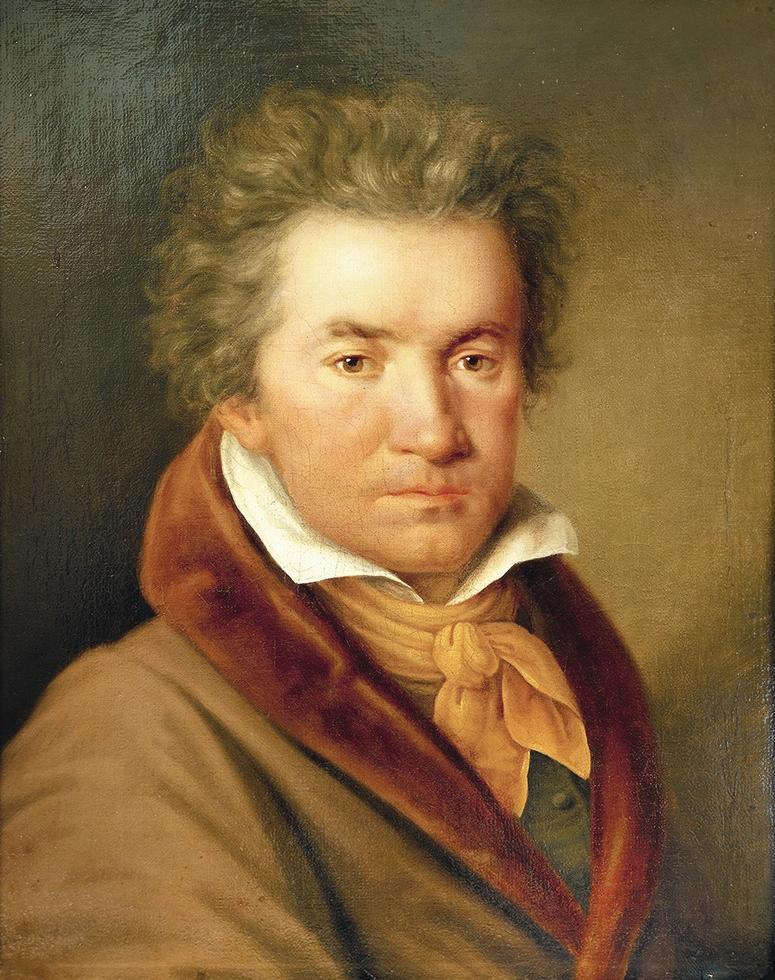
Beethoven’s overture Leonore No. 3 can be viewed as an abridged version of the entire opera. The dramatic work tells the story from its dark, troubled beginnings to Florestan recalling the better times of his life before his imprisonment. This is followed by fiery, energetic music, interrupted by the trumpet signaling the arrival of Don Fernando and the victorious ending. Beethoven realized, almost immediately, that this overture was too dramatic, big and strong to be an e ective introduction, although it has been used throughout the history of Fidelio performances. The opera and overture come from Beethoven’s ‘heroic’ period, 1802-12, only a couple of years after his Eroica Symphony No. 3 and around the same time as his work on the Fourth and Fifth Symphonies and the Violin Concerto. The Leonore Overture No. 3 stands on its own as one of Beethoven’s great works during that period as a potent, musical embodiment of humanistic passion.

